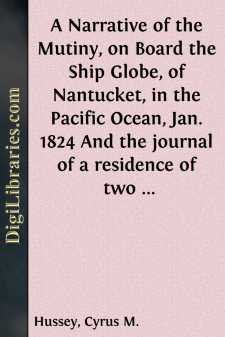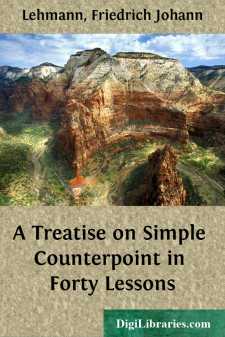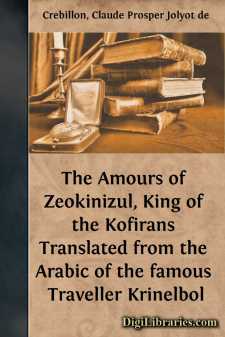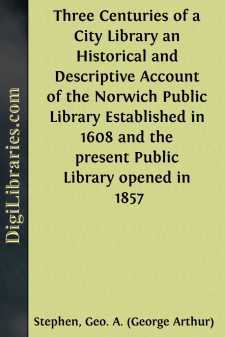Non-Classifiable
- Non-Classifiable 1768
Non-Classifiable Books
Sort by:
by:
G. E. M.
CHAPTER I VOLUNTEERS FOR THE AMERICAN MISSIONS In the early annals of the Catholic Church in this country, no name stands more preeminent than that of the Venerable Philippine Duchesne. She was one of the first, and altogether the greatest, among the spiritual daughters of the Blessed Madeleine Sophie Barat, so well known as the Foundress of the Society of the Sacred Heart. The pioneer of that...
more...
by:
Cyrus M. Hussey
INTRODUCTION. Formerly whales were principally taken in the North Seas: the largest were generally found about Spitzbergen, or Greenland, some of them measuring ninety feet in length. At the commencement of the hazardous enterprize of killing whales, before they had been disturbed by man, they were so numerous in the bays and harbours, that when taken the blubber was for the most part boiled into oil...
more...
by:
Jean Toomer
INTRODUCTION I was not more than ten years old when I first heard mention of the Quakers. The grown-ups of my family were talking among themselves, speaking of an uncle of mine who lived in Philadelphia and operated a pharmacy near the university. I had never seen this uncle and was curious about him, so my ears were open. Presently a reference to the Quakers caught my attention. I wanted to know who...
more...
by:
John Van Vorst
CHAPTER IINTRODUCTORY Any journey into the world, any research in literature, any study of society, demonstrates the existence of two distinct classes designated as the rich and the poor, the fortunate and the unfortunate, the upper and the lower, the educated and the uneducated—and a further variety of opposing epithets. Few of us who belong to the former category have come into more than brief...
more...
SIMPLE COUNTERPOINT LESSON I Counterpoint is the art of combining two or more melodies of equal melodic individuality. In simple counterpoint all parts must remain in the same relative position to one another. The Cantus Firmus is a given melodic phrase that is to receive contrapuntal treatment, that is, one or more parts are to be added above or below it. The Counterpoint is any part other than the...
more...
Kofirans. fter all the Labours and Attention of our best Academicians to form just Plans, and draw complete Maps of the whole Terraqueous Globe, there are many large Empires and powerful Nations, which their Enquiries have not reached; so that they are not only ignorant of their Position, but even of their Existence. Of this Number are the vast Dominions of the King of the Kofirans, of which hitherto...
more...
by:
Edward R. Pease
Chapter I The Sources of Fabian Socialism The ideas of the early eighties—The epoch of Evolution—Sources of Fabian ideas—Positivism—Henry George—John Stuart Mill—Robert Owen—Karl Marx—The Democratic Federation—"The Christian Socialist"—Thomas Davidson. "Britain as a whole never was more tranquil and happy," said the "Spectator," then the organ of sedate...
more...
PREFACE. This book was prepared by instruction of the Norwich Public Library Committee, and it is now published as a souvenir of the sixtieth anniversary of the opening of the present Public Library, which will take place on March 16th, 1917. Norwich occupies a unique place in the history of libraries: it has the distinction of having established in 1608 one of the earliest provincial public...
more...
by:
H. R. Playtner
PREFACE. Before entering upon our subject proper, we think it advisable to explain a few points, simple though they are, which might cause confusion to some readers. Our experience has shown us that as soon as we use the words “millimeter” and “degree,” perplexity is the result. “What is a millimeter?” is propounded to us very often in the course of a year; nearly every new acquaintance is...
more...
A WOMAN'S PART IN A REVOLUTION I hope I may be able to tell the truth always, and to see it aright according to the eyes which God Almighty gives me.—Thackeray. I. Totsey the terrier lay blinking in the hot African sun, while Cecilia Rhodes, the house kitten, languished in a cigar box wrapped about with twine to represent bars of iron. Above her meek face was a large label marked 'African...
more...











